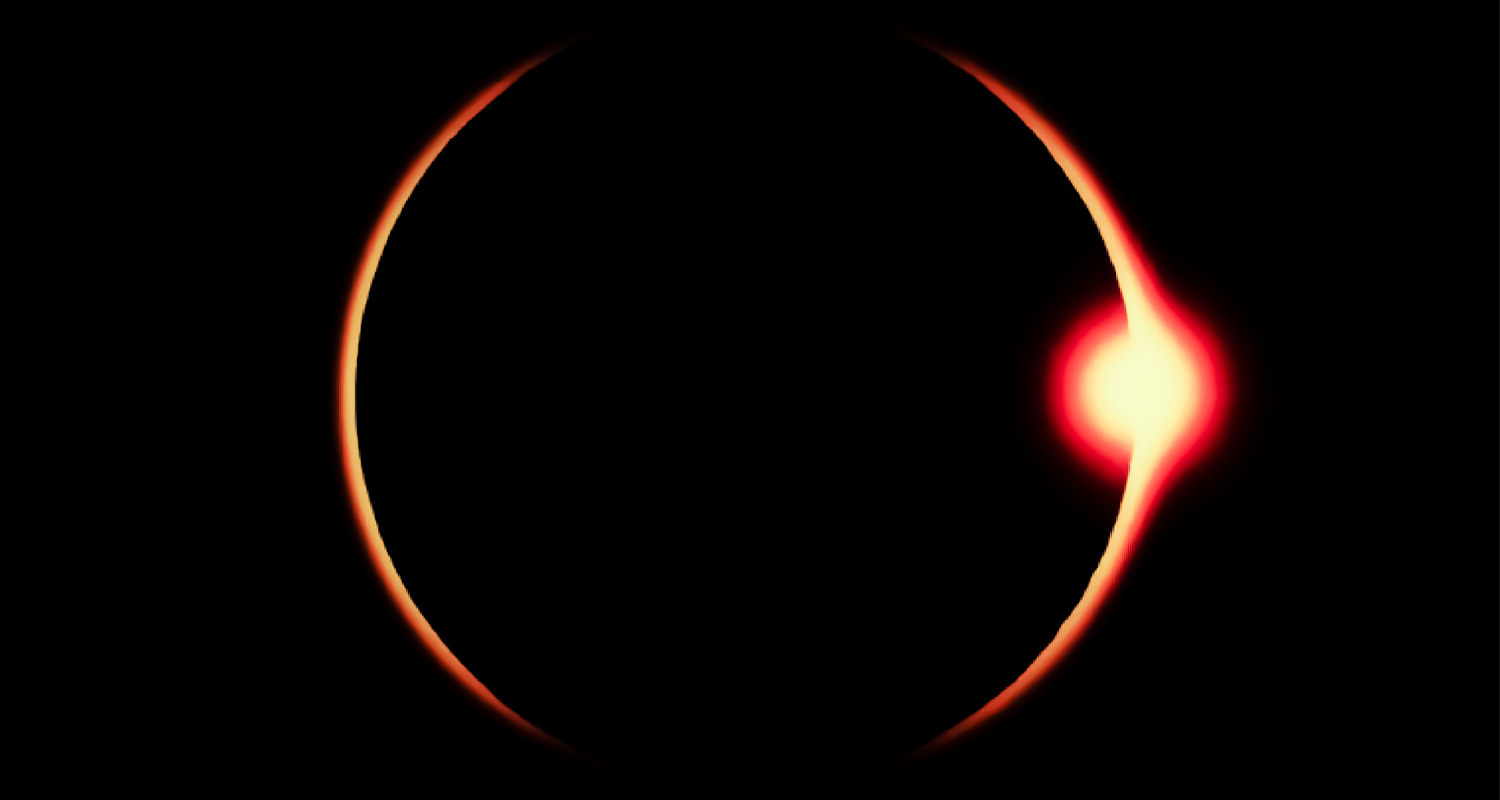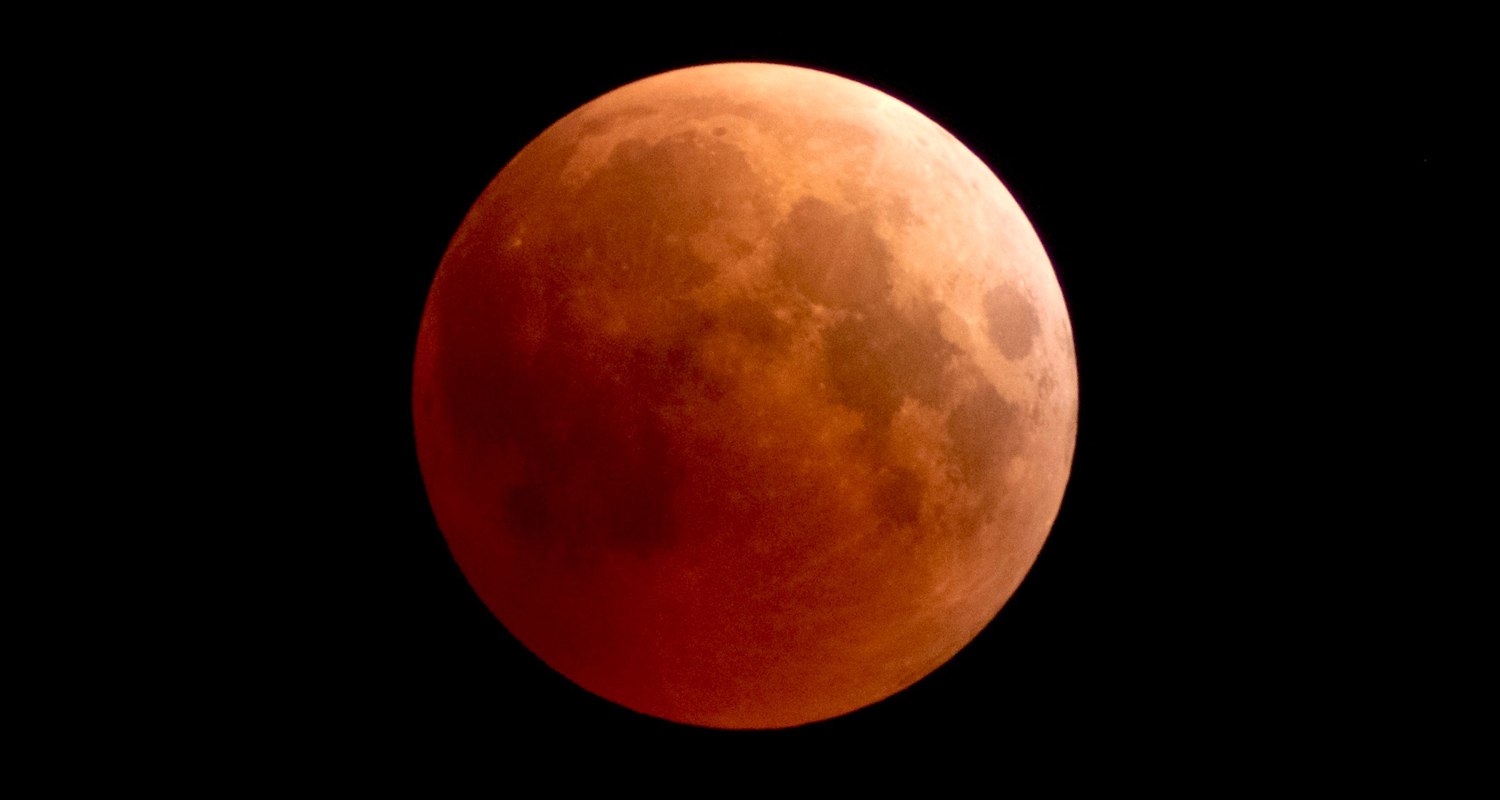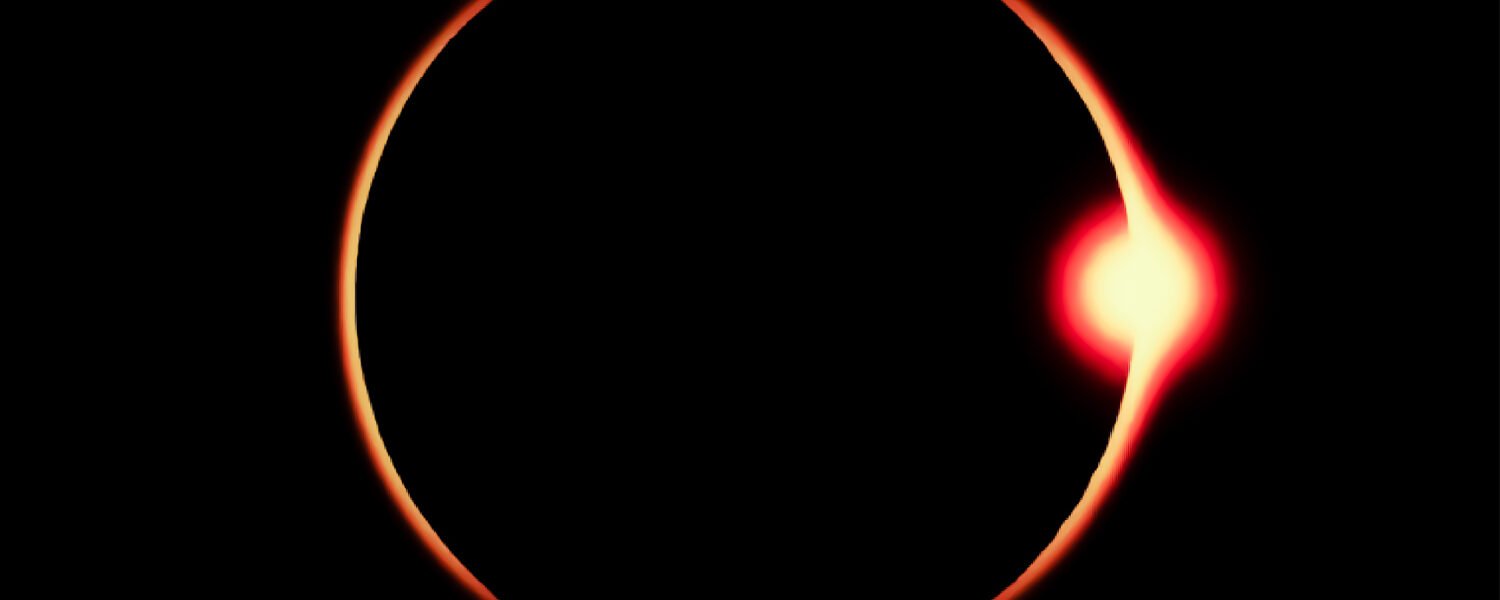 Man has an enduring fascination with the heavens. It’s been more than 400 years since Renaissance astronomer Nicolaus Copernicus produced a predictive mathematical model of a heliocentric system, and still hundreds of thousands of spectators gathered across the US to witness a total solar eclipse on Monday.
Man has an enduring fascination with the heavens. It’s been more than 400 years since Renaissance astronomer Nicolaus Copernicus produced a predictive mathematical model of a heliocentric system, and still hundreds of thousands of spectators gathered across the US to witness a total solar eclipse on Monday.
The excitement spilled over onto social media platforms, with engagement about the eclipse dominating the trending list for hours on X.
Conversation on the eclipse is as BRIGHT as ever. So far — 1.2 million posts on X totalling 300 million impressions! The conversation is growing 38% every hour! — Linda Yaccarino, CEO of X
So, what are the different types of eclipses that occur in nature and when can South Africans expect their next showing?
An eclipse occurs when the sun, Earth and moon are orientated in a straight – or roughly straight – line configuration. Solar eclipses occur when the moon moves between the Earth and the sun and between two and five solar eclipses occur each year.
There are three types of solar eclipse – total, partial and annular. Total solar eclipses, like the one which passed over certain parts of the US yesterday, occur when the moon completely covers the sun. The area where a total solar eclipse can be seen is usually limited to a narrow belt about 160km wide and 16 000km long. People in areas outside of this belt may be able to see a partial eclipse. An annular solar eclipse is when the moon covers the centre of the sun while its outer edges are in view. This “ring of fire” is called an annulus.

A lunar eclipse, on the other hand, occurs when the Earth comes between the moon and the sun. In this scenario, the Earth’s shadow is cast over the moon, darkening the moon’s appearance, which is usually brightened by reflecting light from the sun. Lunar eclipses also have three types: total, partial and penumbral.
Read: This week’s Joburg earthquake ‘not unusual’ – expect more
A total lunar eclipse occurs when the moon entirely passes into the Earth’s umbra, the central part of the planet’s shadow. A partial lunar eclipse occurs if the moon only partially passes into the planet’s umbra. The outer part of the Earth’s shadow is called the penumbra, and a penumbral lunar eclipse occurs when the moon passes exclusively into this portion of the Earth’s shadow without moving into the umbra.
| Lunar eclipse | Date |
| Partial | 18 September 2024 |
| Penumbral | 14 March 2025 |
| Total | 7 September 2025 |
| Partial | 28 August 2026 |
| Penumbral | 20 February 2027 |
| Partial | 12 January 2028 |
| Partial | 6 July 2028 |
| Total | 31 December 2028 |
| Total | 26 June 2029 |
| Total | 20 December 2029 |
| Partial | 15 June 2030 |
| Penumbral | 9 December 2030 |
| Penumbral | 7 May 2031 |
| Total | 25 April 2032 |
| Total | 18 October 2032 |
| Total | 14 April 2033 |
| Penumbral | 3 April 2034 |
| Partial | 28 September 2034 |
| Solar eclipse | Date |
| Partial | 17 February 2026 |
| Partial | 6 February 2027 |
| Partial | 5 December 2029 |
| Total | 25 November 2030 |
| Partial | 21 May 2031 |
| Partial | 9 May 2032 |
The tables above show the eclipses that will be visible from South Africa in the next 10 years and when they will occur. As can be seen, solar eclipses are much less frequent than lunar eclipses, with the next total solar eclipse visible from the region expected on 25 November 2030. – © 2024 NewsCentral Media

